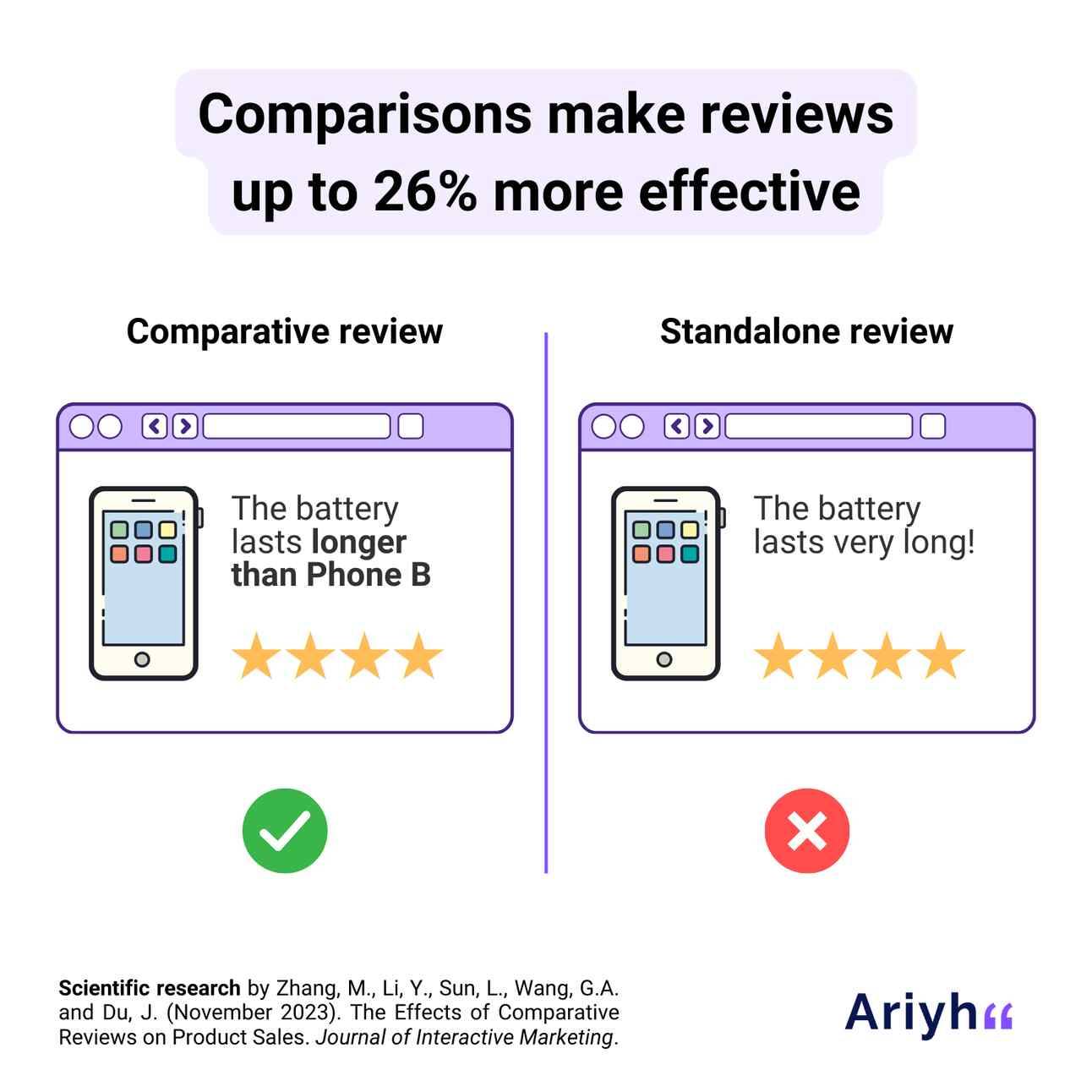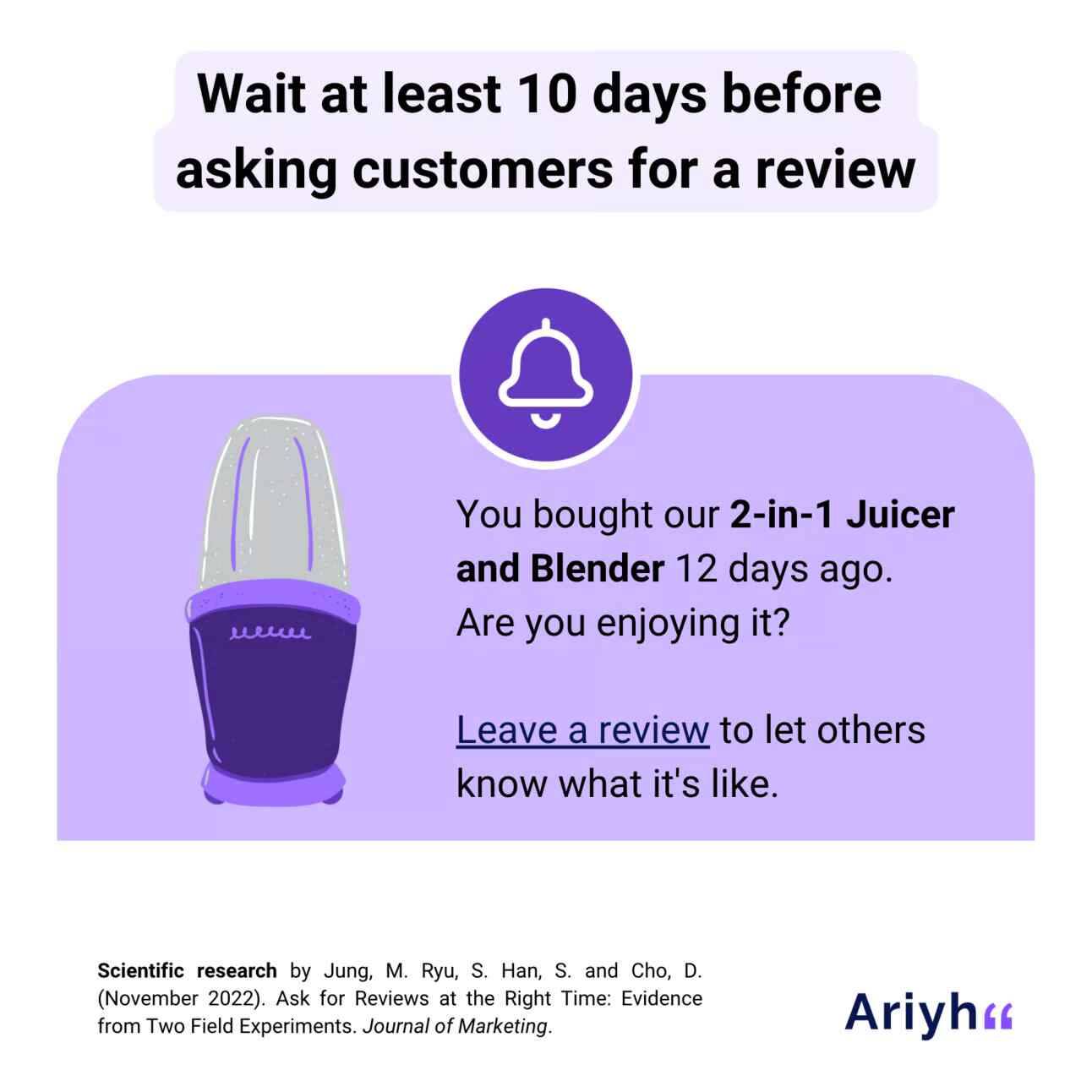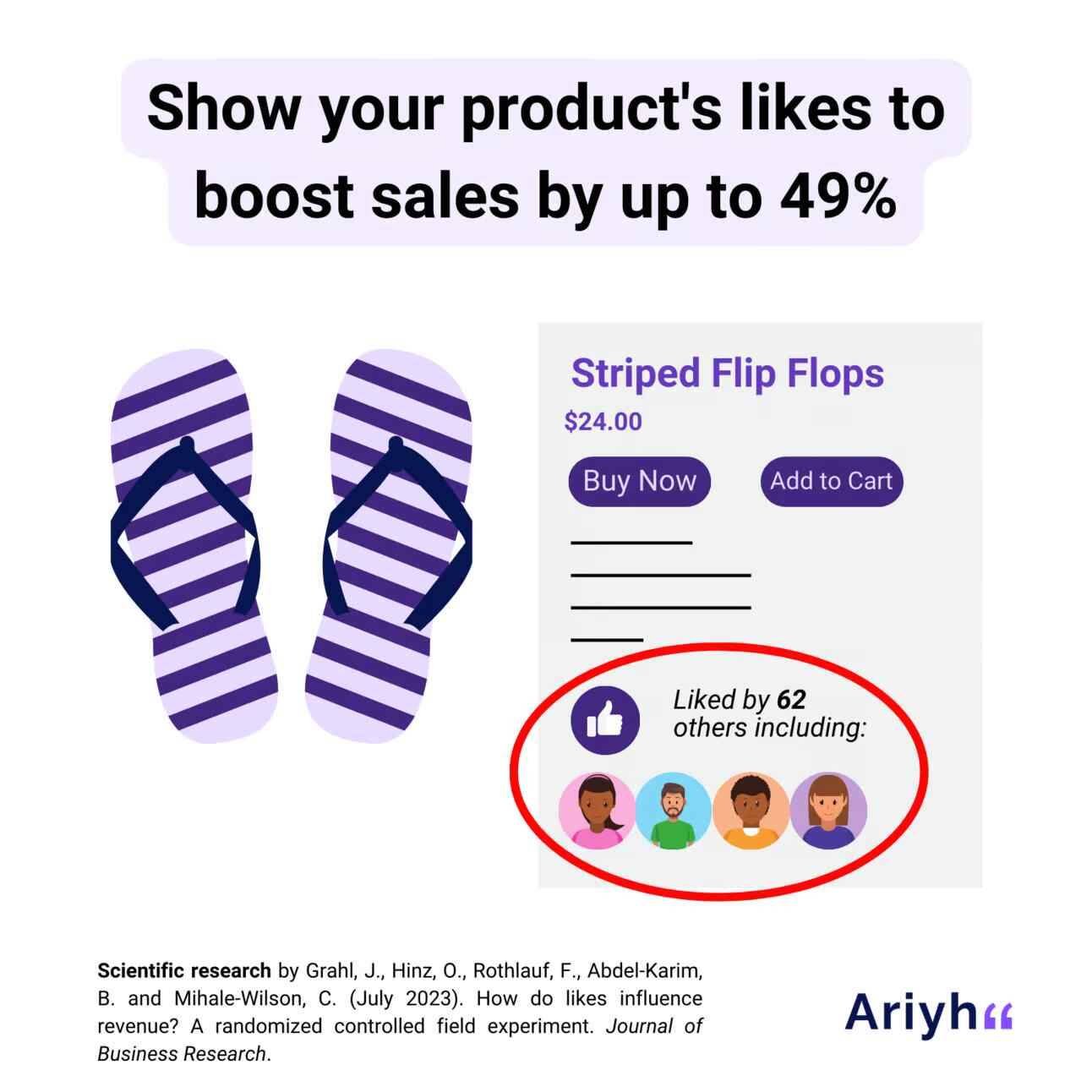Growth Newsletter #290
Humans are social creatures. Maybe that’s why there’s no such thing as too much social proof.
But the phrase “social proof” is kinda funny, because there’s nothing “proof”-like about it. It’s just basic human nature.
Since the dawn of time, we’ve trusted our instinct to copy the tribe in order to stay alive. But today, that same instinct might cue us in on something like the right mattress to buy, via online reviews.
We’re wired to believe that if someone else had a good experience with a product or service, odds are we will too. But if they say “Don’t waste your money,” we recoil and retreat.
So if you’re a founder, marketer, or a small business owner, know that glowing customer reviews aren’t a nice-to-have. They’re more or less modern survival tools for your brand that signal “This good. You safe.“ to our tribe of fellow Homo sapiens.
And if you’re looking for guidance on more growth strategies and tactics, there’s no better time to sign up for the Growth Program 2.0, which is 30% off until midnight tonight (10/30). Lock in your discount now before the sale ends.
The good news is there’s actual science behind how to get more (and better) reviews. And it doesn’t rely on manipulation or cherry-picking, just a deeper understanding of what nudges people to share their experiences in the first place.
Now, let’s dig into the psychology behind ten ways to do exactly that.
— Gil
This week's tactics
10 Tactics for Customer Reviews That Drive Sales
Insights from Science Says (formerly Ariyh) and Gil Templeton (Demand Curve Staff Writer).
Just to ground us before getting into tactics, remember, garnering great reviews for your business starts with your product.
Without a quality experience there, there’s virtually no way to foster great reviews (at least in an ethical or accurate way).
Only once you have a product that people genuinely enjoy or find useful will any of these tactics truly move the needle.
Now, assuming you’ve got your product down pat, let’s look at the tactics that can turn customer reviews into conversion fuel.
Tactic 1: Encourage Comparisons in Reviews
Strangely enough, whether it’s a positive or negative review, one that compares your product to another tends to be far better than a regular review that doesn’t compare it to anything else.
- Positive reviews that compare your product increase sales by up to 26%. They anchor your product as being better than competitors. For example, “The iPhone 17 has a better camera than my friend’s Google Pixel 10” is more persuasive and effective than “The iPhone 17 camera is really good.”
- Negative reviews that compare are up to 47% LESS harmful. We attribute their dislike to their personal preferences. Example: “The iPhone 17’s battery life isn’t as good as the Pixel 10’s” is actually less harmful than “The iPhone's battery life sucks.”

💡 You can seed reviews like this by pre-populating text fields or prompting people by asking: “How does (our product) compare to a similar product you’ve tried?”
Tactic 2: Know When to Display Expert Recommendations vs. Customer Reviews
Sometimes it’s better to display a few recommendations from experts instead of a boatload of simple customer reviews. This all depends on how easy it is for the average person to judge your product’s quality.
- If it’s easy for anyone to judge the quality of your product, then go with customer reviews. (Examples: T-shirts, food, hotels.)
- If it’s hard to judge and requires expertise, roll with expert recommendations. (Examples: insurance, dentists, educational institutions, software, agencies.)
💡 Think about it like this: Would you trust “Bob Smith” to recommend a heart surgeon? Or would you trust a doctor’s endorsement more?
Tactic 3: Boost Reviews With Incentives
The truth is, most happy customers will never bother to leave a review, even if you ask them to outright.
However, incentivizing them with free products, cash, gift cards, or contest entries makes it much more likely they’ll leave a review, and it’s also more likely to yield a positive review. Let’s take a look at some data via an example:
- A home improvement store's product reviews were 83.4% more positive when incentivized via sweepstakes entries.
- Even a modest $0.25 incentive paid immediately for rating and reviewing a video proved effective, leading to a 20.6% increase in positivity.
💡But remember: don’t explicitly ask for a positive review. That might backfire and come across as disingenuous or deceptive. It’s also against Amazon’s Terms of Service.
Tactic 4: Wait for a Bit to Ask for Reviews

Getting asked to review a product you just got is a bit like a popup modal asking you to subscribe or book a call before you even know what the company does.
💡 Recommendation: Wait at least 10 days before asking for a review to increase the chance they review by 40-60%.
Additional recommendations for software reviews:
- Don’t do it based on time after signing up; do it based on milestones of usage (for example, they just hit their “aha” moment with your product.)
- Don’t ask them for a review when they’re clearly in the middle of something.
Tactic 5: Embrace the Occasional Negative Review
Let’s say you see a 4.9-star-rated espresso machine and start reading the reviews. They’re all resoundingly positive…to the point where you start to get a little suspicious they’re fake.
Then, you check the 1-star reviews and see: “There’s a considerable difference in taste when mineral or filtered water is used rather than tap water.”
You laugh and say, “That has nothing to do with the machine, you bozo! Well, if that’s all people have to complain about, then it must be good.”
Oddly enough, a low, fairly irrelevant review will improve your perception of a highly-rated product by ~15%.
💡 Takeaway: Don’t hide negative reviews if they’re irrelevant or just suggest a difference in taste/opinion with that customer. You might even consider showcasing reviews like this.
Tactic 6: Show “Likes” on the Product Page
Leverage the engagement your business or product has received on social media (the ultimate channel of social proof).

💡 Takeaway: Show a product’s likes and a few profile photos of people who liked it. There are web-builder apps and embeds that can pull these in automatically to your product pages.
Tactic 7: Set the Tone With a Strong First Review
Humans often fall victim to the Primacy Effect, a cognitive bias where people give disproportionate weight to the first information they encounter, which shapes how they interpret everything that follows.
So if the first review is negative, you’ll likely face an uphill battle with fewer sales, fewer reviews, and reviews with a more negative sentiment. And this effect can last for 3 years or more.
But the opposite usually happens if the first review is positive.
Here are some recommendations:
- Launch products to a select group of customers who are most likely to rate it highly.
- Launch on new marketplaces (like Amazon or Walmart) the same way.
- Reach out to early customers you think are happy and incentivize them to write a review.
- If you get a negative review early, do everything you can to make things right with the reviewer, hopefully steering them toward a positive outcome and updated review.
Tactic 8: Be Intentional About the Order of Your Reviews
Sales can be up to 84% higher if the first review is 5 stars versus 1 star, and we rarely read more than 10 reviews before deciding.
💡 Takeaway: Display at least one positive review first before displaying others. Never display a negative review first.
Tactic 9: Aim for a Great Aggregate Rating, Not a Perfect One (If It’s Your Own Website)
Oddly enough, sales peak between 4.0 and 4.5 stars and dip down at 4.5 to 5.0. At really high ratings, we become skeptical and assume the results are manipulated (note: the study referenced here focused on specific retail websites and not a third-party marketplace, like Amazon.)
💡 Takeaway: Don’t delete or hide all reviews lower than 5. Some honest 3’s and 4’s can help you come across as more credible.
Tactic 10: Reply to All Reviews
Replying to reviews can yield a handful of benefits:
- It can make an upset or disaffected customer change their mind and increase their rating (and maybe even stay a customer). For example, if they used the product incorrectly and got bad results, you can educate them on what to try for a better experience.
- It signals to people that you care about customers.
- A study showed it increased the number of reviews by 12% and increased the average rating by 0.12 stars.
The Takeaway: Reviews are the Currency of Trust
The internet has given us nearly unlimited options, along with nearly zero certainty. Reviews can act as a bridge between these two forces.
Good reviews can cut the distance between “This might be a good choice” and “I’m almost certain this will be a great choice” but only if they feel real, and not cherry-picked or forced.
Earning trust in the minds of prospects doesn’t come down to being perfect; you build trust through patterns of truth. The businesses that understand this earn compound interest on their credibility, using reviews as a rising tide that lifts all ships.
Gil Templeton
Demand Curve Staff Writer
Community Spotlight
News and Links
Something fun
Something fun
What a genius, incisive spec ad for The Economist. Talk about a power-packed seven letters. Source: Mikey Robinson on LinkedIn.
.png)




















